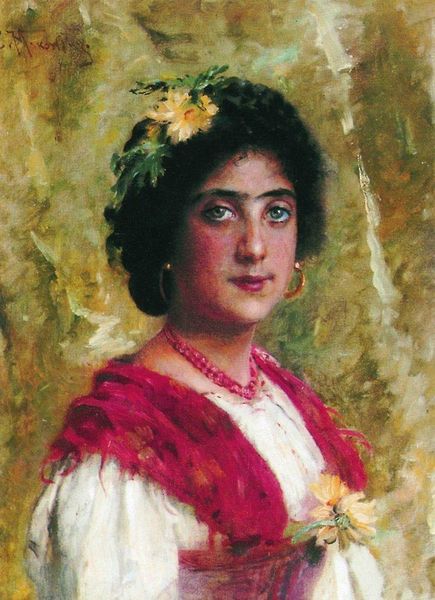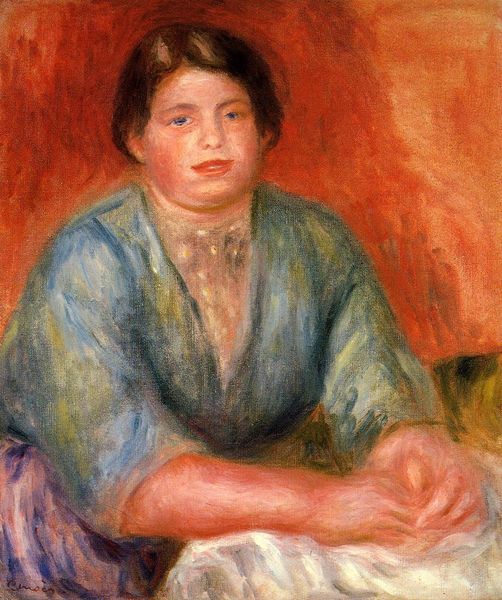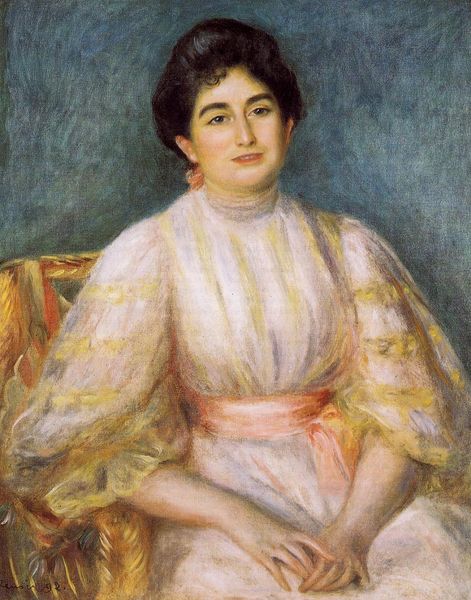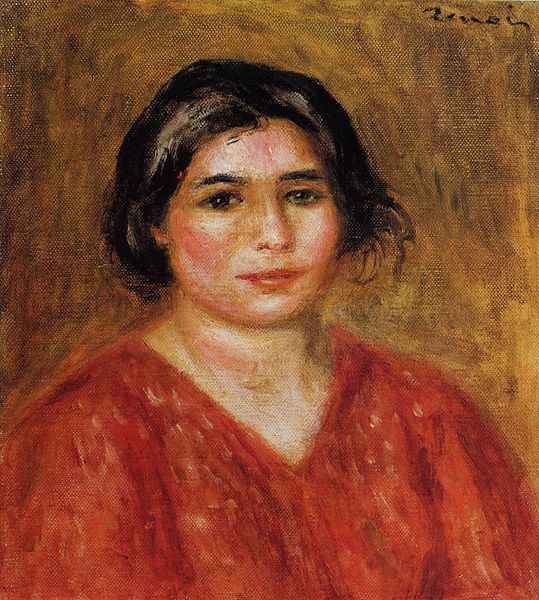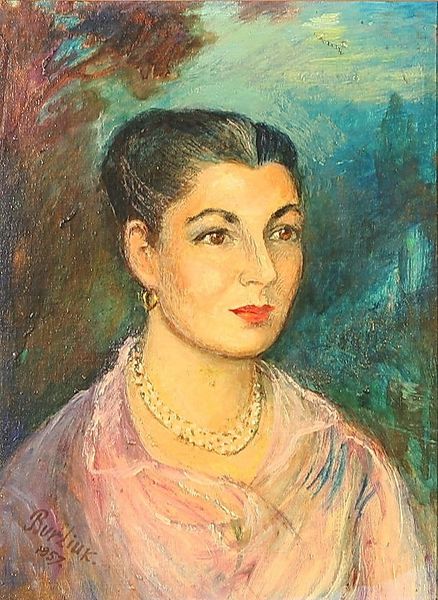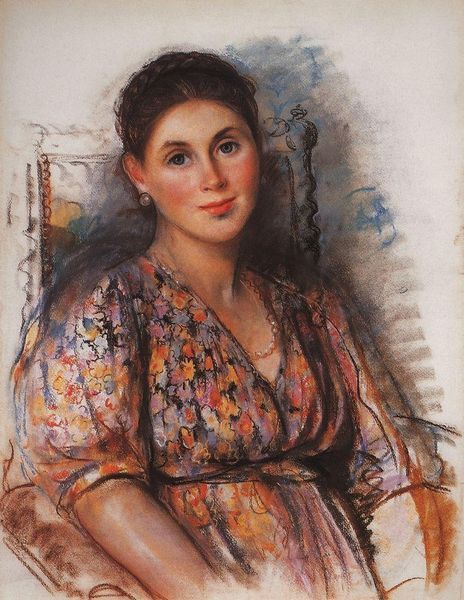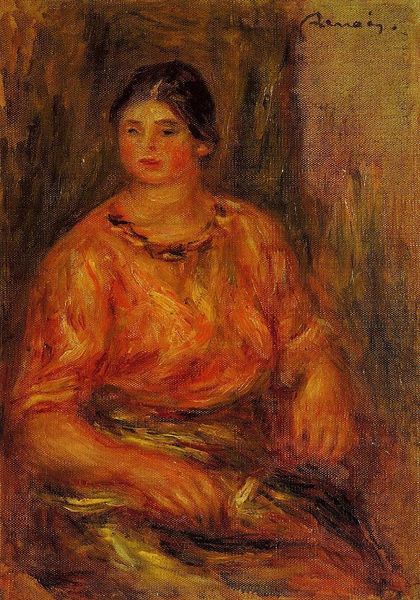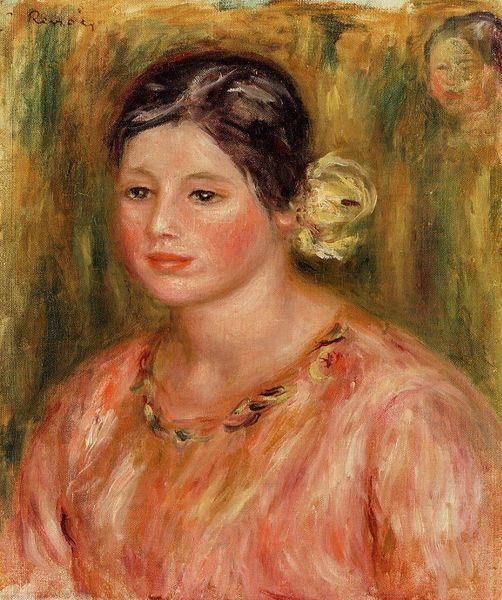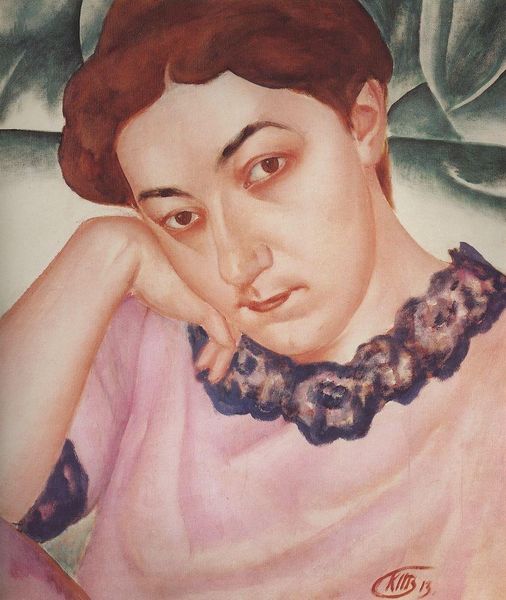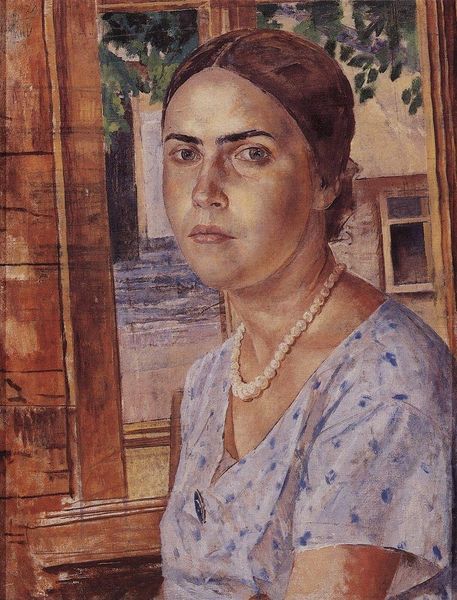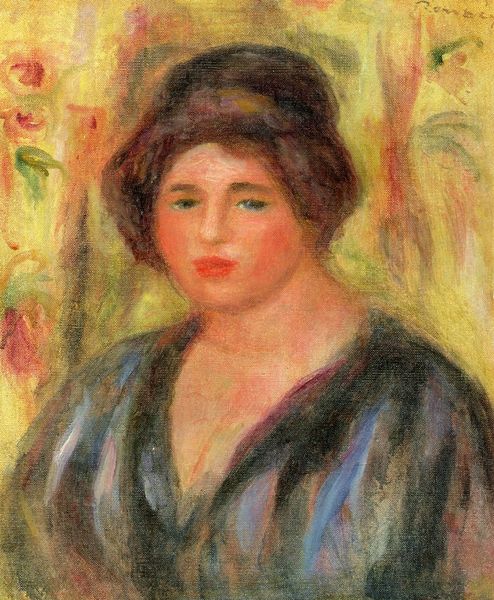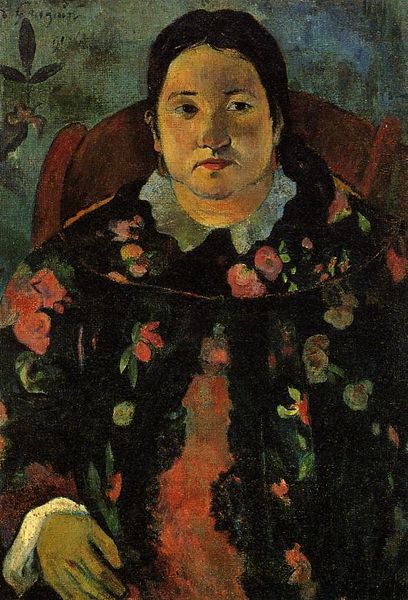
painting, oil-paint
#
portrait
#
painting
#
oil-paint
#
flower
#
oil painting
#
folk-art
#
realism
Copyright: Kateryna Bilokur,Fair Use
Curator: Welcome. We are standing before Kateryna Bilokur’s oil painting, "Portrait of Nadia Bilokur", from 1941. What are your first impressions? Editor: Stark. The portrait’s intense, unwavering gaze grabs me immediately. There's a quiet determination there, framed by the softness of blossoms, like a fierce spirit blossoming even in bleak surroundings. Curator: It’s fascinating how Bilokur incorporates floral elements, a recurring theme throughout her oeuvre, even when depicting human subjects. One could analyze this juxtaposition of portraiture with still-life elements within the historical context of the Soviet era, when folk art was often instrumentalized as a propaganda tool. Editor: Propaganda, really? It feels so deeply personal. It makes me think about the ways that artists subvert the established orders by revealing profound emotional experiences. The artist is painting this female figure as powerful but calm and still. Curator: Perhaps that dichotomy is deliberate? As the state co-opted certain cultural traditions, Ukrainian artists quietly persevered to preserve and express identity, maybe this is what you refer to. Editor: It’s about inner resilience, about holding your ground. I feel that sense when observing the colors as well. Pale pinks and blues soften the portrait’s starkness and highlight the calm atmosphere despite that unwavering look of determination on the woman's face. The oil paint makes this painting come across as luminous. Curator: It's interesting that you focused on her eyes. Some viewers might first see how Bilokur infuses elements from realism to imbue a local sensibility with that flower crown. These works are usually viewed through lens of authenticity, to capture the ‘genuine’ spirit of the Ukrainian people, something encouraged by state institutions after the war. Editor: Ah, 'genuine'! As though the people’s heart were some kind of exhibit. Anyway, Bilokur really gets it right because of how personal it is! In a painting like this one, the political and the personal simply intertwine, even against, or maybe because of the state control. The portrait pulses with life. Curator: I can see why you might describe it as genuine; in its style, material, and construction the folk-art touches are a symbol that could reflect authenticity to Ukrainian cultural values. Editor: Well, perhaps authenticity comes when it resonates within me on a heartfelt level! Now I need to see the rest of her work. What have we got? Curator: Agreed. Thank you, that has enriched our comprehension significantly. Let us continue to the exhibition ahead.
Comments
No comments
Be the first to comment and join the conversation on the ultimate creative platform.

